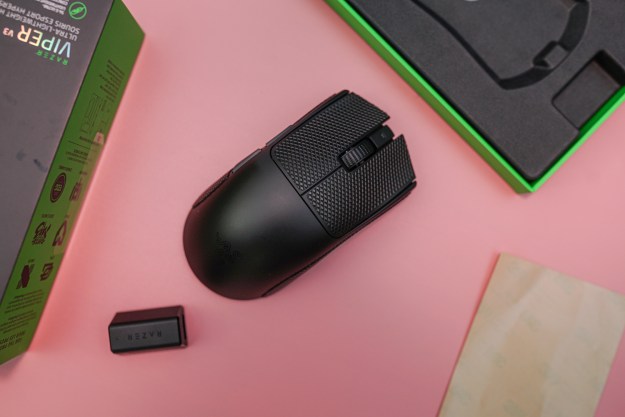CES has now come to a close, prompting attendees and exhibitors to begin their mass exodus from Las Vegas. And as it turns out, one company showing off its wares at the conference will not be able to take a pair of laptop prototypes home, as the firm suffered the misfortune of having them stolen from the firm’s booth.
Min-Liang Tan, CEO of gaming hardware specialist Razer, took to Facebook earlier today to report the theft. The company has apparently filed reports with the authorities and is now working with CES management and law enforcement in an attempt to retrieve its stolen prototypes.
“At Razer, we play hard and we play fair,” Tan wrote, publishing the post via his personal Facebook account. “Our teams worked months on end to conceptualize and develop these units and we pride ourselves in pushing the envelope to deliver the latest and greatest.”
He goes on to state that the company isn’t ruling out industrial espionage as a motive, and reiterates that the company intends to pursue penalties when the culprit is identified. Anyone who attended CES and noticed anything suspicious is encouraged to contact Razer’s legal team.
Among the new concepts Razer brought to the show were Project Valerie, a laptop with three screens, and Project Ariana, an ambient light projector that links up to the Chroma ecosystem. The company has since responded to Polygon with a full statement about the theft, which was of two Project Valerie prototypes:
“This note is to confirm that two Razer Project Valerie laptop prototypes were stolen from the Razer booth at CES. The product was taken from the Razer press room at approximately 4 p.m. on Sunday, January 8, 2017. A $25,000 reward is being offered for original information leading to the identification, arrest and conviction of a criminal suspect. Razer, in its sole discretion, will decide who is entitled to a reward and in what amount. Razer may pay only a portion of the maximum reward offered. The decision will be based primarily upon law enforcement’s evaluation of the value of the information provided. When there are multiple claimants, the reward will be shared in amounts determined by Razer. Razer associates are not eligible for the reward.
“This reward offer is good for one year from the date it is first offered, unless extended by Razer. Information about the theft can be sent to legal@razerzone.com. Razer will not publicly disclose material that it receives or details about respondents, except to those persons with whom Razer is directly working to resolve this matter or as may be required by law.”
As it turns out, the Project Valerie prototypes weren’t victims of industrial espionage after all, they were just too much for some industrious thief to pass up. The units are now allegedly listed on Taobao, a Chinese online shopping site, for 150,000 yuan, which converts to about $21,700. Somehow, the thief (or thieves) apparently managed to pack them up and ship them off to mainland China, as wccftech reports, and at least now the company can sleep better at night knowing that its machines are safe and sound.

Or, of course, it can now double down on its reward while going to the Chinese authorities in an attempt to retrieve its incredibly valuable Project Valerie prototypes. Or, Razer can just create an account on Taobao, swipe its credit card, and put this entire painful affair behind it.
Updated on 01-13-2017 by Mark Coppock: Added information that the two Project Valerie prototypes appear to be on sale on Chinese online shopping site Taobao.


